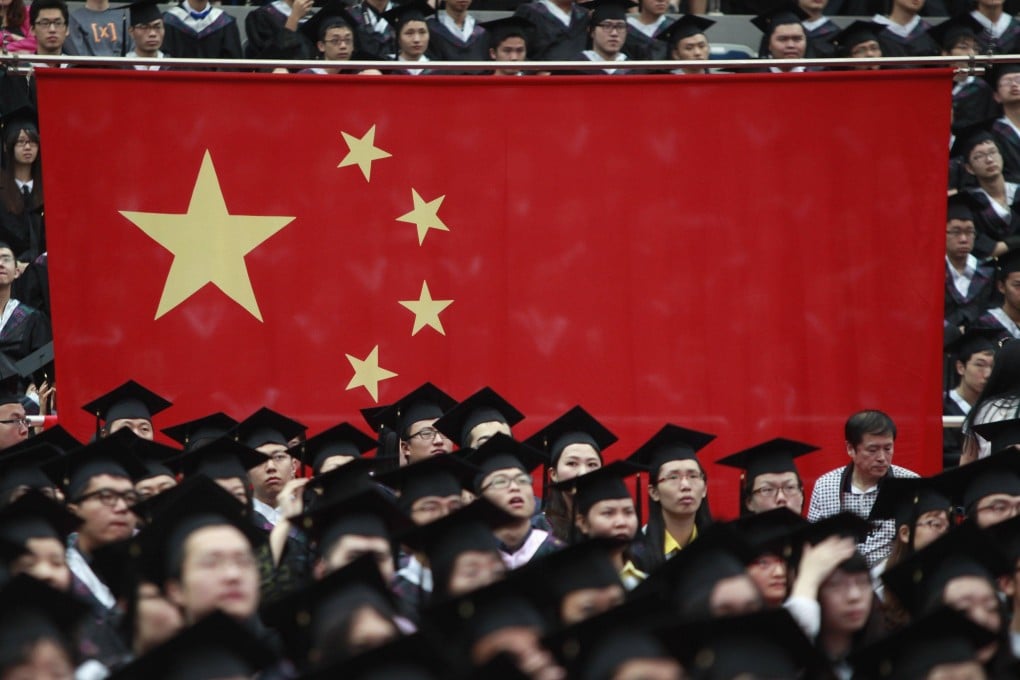Opinion | How China can become an education powerhouse
From smaller class sizes to better access to schools and shorter semesters, key examples in other countries can help Beijing overhaul its education sector

In an era where education, science, technology and manufacturing are key battlegrounds for national power and global influence, reforming the education system underscores Beijing’s resolve to strengthen its position in respect of the US and other global players.
Yet, China must also continue to study education systems and practices in the US and other Western countries to benefit from the lessons they could offer.
A key point in the blueprint is to expand and differentiate the sector into research-, application- and vocational-oriented institutions. It envisions a system in which students join different types of post-secondary education.
To develop both a strong academically oriented higher-education sector and a vocationally oriented one, the US and German models should be considered. The German model, which emphasises apprenticeships, is often praised for its ability to produce highly skilled workers.
The US model provides universal free education, at least from kindergarten to grade 12, followed by multiple distinct post-secondary pathways: community colleges, vocational schools, four-year comprehensive colleges, and research universities.
